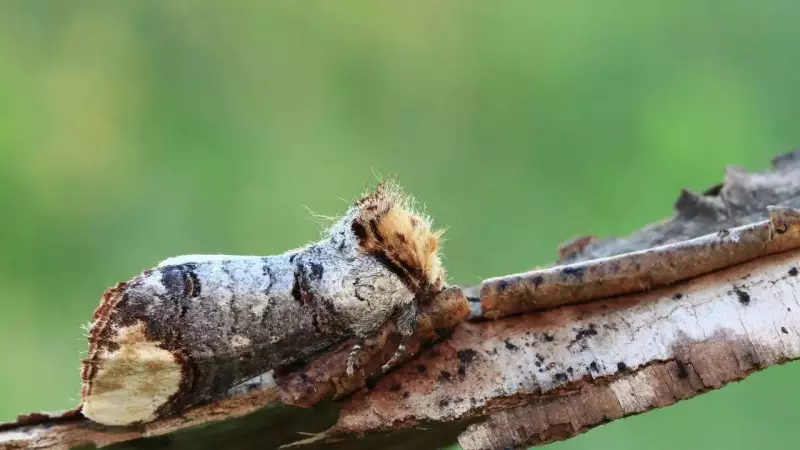
In the fascinating world of insects, moths have perfected the art of disappearing in plain sight through incredible evolutionary adaptations. These masters of disguise employ camouflage techniques so effective that they can become virtually invisible to predators and humans alike.
Nature's Hidden Wonders: The Ultimate Survival Artists
While many animals use camouflage, these six moth species take concealment to an entirely new level. Their ability to mimic their surroundings isn't just impressive—it's essential for their survival in the wild.
1. The Indian Leaf Moth: Nature's Perfect Replica
This remarkable species has evolved to look exactly like a dried leaf, complete with realistic veins, discoloration, and even simulated damage. When resting on foliage, it becomes indistinguishable from the actual leaves around it, making it nearly impossible to spot.
2. Bark Disguise Specialist: The Tree Trunk Trickster
Some moth species have patterns and colors that perfectly match tree bark textures. Their wings feature intricate designs that mimic lichen, moss, and wood grain patterns, allowing them to blend seamlessly with their wooden perches.
3. The Flower Mimic: Blossom Impersonator
Certain moths have developed wing patterns that resemble flower petals. When they rest among blossoms, predators and observers alike mistake them for just another part of the plant, providing perfect protection during daylight hours.
4. The Lichen Lookalike: Stone Wall Specialist
This species has mastered the art of mimicking lichen-covered surfaces. Their intricate wing patterns duplicate the complex colors and textures of lichen, making them invisible against stone walls and rocky surfaces.
5. The Twig Impersonator: Branch Master
Some moths extend their camouflage beyond visual deception. They position their bodies to resemble small twigs or branches, holding themselves at angles that complete the illusion and avoiding detection from hungry birds.
6. The Forest Floor Phantom: Leaf Litter Expert
This ground-dwelling specialist has coloration that matches the forest floor perfectly. Their wings mimic the appearance of dead leaves and soil, providing excellent protection when they rest among fallen foliage.
The Science Behind the Magic
These incredible adaptations didn't happen overnight. Through millions of years of evolution, moths have developed these survival strategies in response to predator pressure. Natural selection favored individuals with better camouflage, leading to the sophisticated disguises we see today.
Why does this matter? Understanding these adaptations helps scientists study evolution in action and appreciate the complex relationships between predators and prey in ecosystems.
Next time you're walking through a garden or forest, look closer—you might be standing right next to one of nature's best-hidden secrets without even realizing it!





